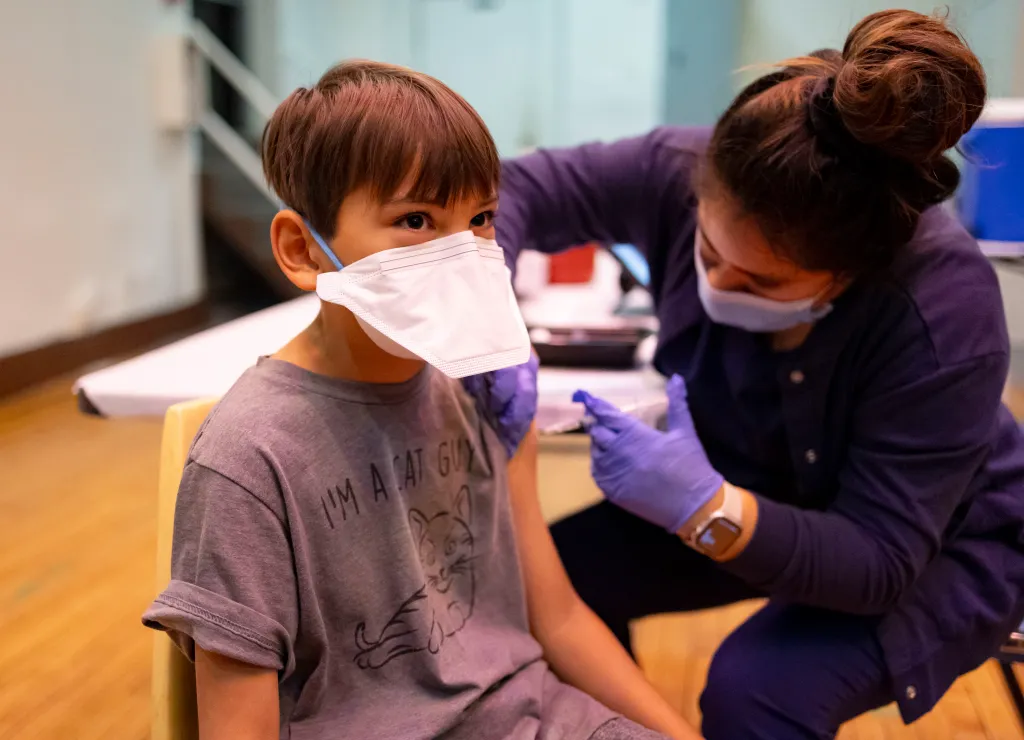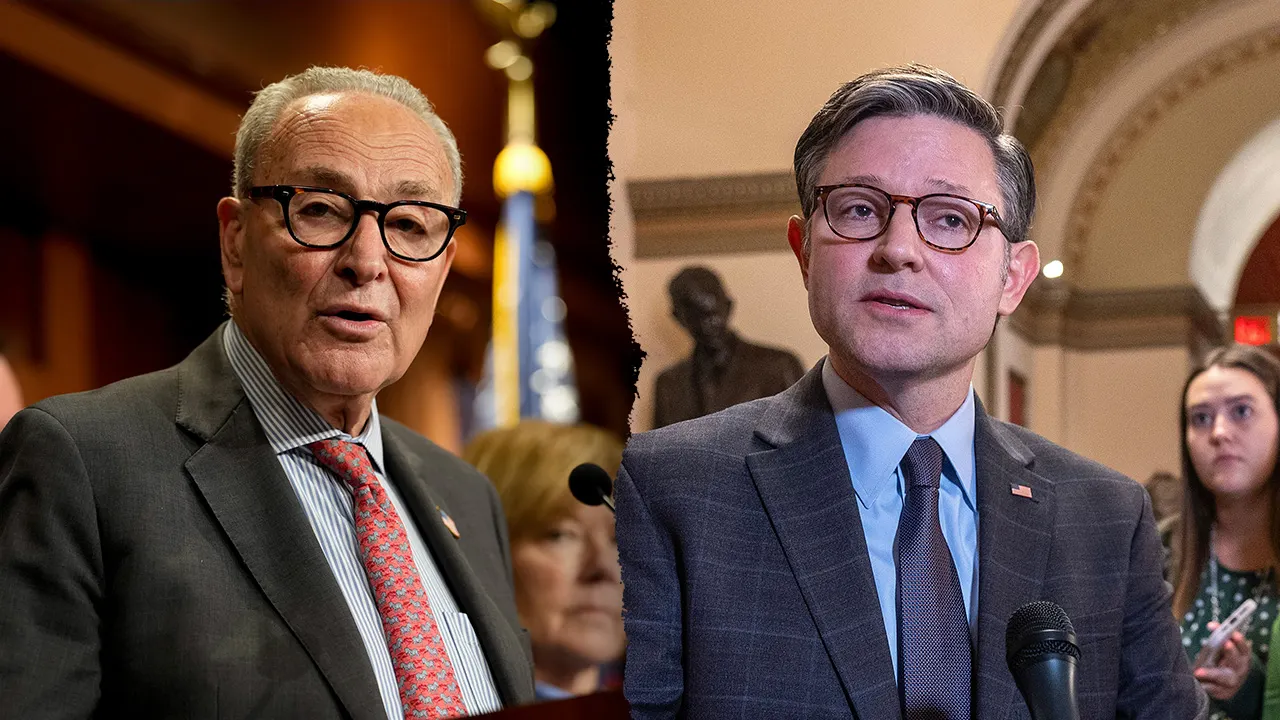
For decades, the yellow school bus has been a static fixture of American education — dependable, but rarely innovative. Today, it is becoming a testbed for artificial intelligence, electrification, and real-time logistics once reserved for airlines and supply chains. Among the strategists shaping this shift is Ravindra Kumar Patro, whose work with districts from Los Angeles to Roanoke has helped reimagine student transportation as a technology-driven, mission-critical service. By applying the rigor of modern logistics to a legacy system, Patro has shown how efficiency, safety, and sustainability can be built into the everyday ride to school.
Raising Tech standards in Los Angeles, CA
At the Los Angeles Unified School District (LAUSD), one of the largest education systems in the country, Ravi initiated the adoption of AI-powered routing algorithms with predictive traffic modeling. The tech setup he designed re-optimized route-based, live road conditions, weather data, and student attendance patterns, comparing dynamic dispatch systems, being used by new-age rideshare fleets.
School Districts have now rolled out apps that give families real-time tracking and automated alerts of their kids’ movement — a service that parents and school administrators have long demanded. Independent reporting noted LAUSD’s move toward “transportation for all,” with modernized tracking designed to ease daily uncertainty for families. “Parents used to make hundreds of calls each morning asking where their child’s bus was,” Patro explains. “Now, the technology gives them instant visibility while providing dispatchers the tools to intervene before problems snowball.”
Telematics in Centinela Valley, CA
Centinela Valley Union High School District rose to be one of the first school districts in the US to start a dispatch, communication, and maintenance platform. Ravi led a pioneering telematics program to guide fleets that would provide real-time data on engine health, wear and tear, battery performance that would trigger automatic maintenance tickets, which resulted in preventing costly and disruptive breakdowns. This approach, although widely used in aerospace and freight, is a first in school transportation, that reduced breakdowns, increased reliability of the fleet. The augmented reality (AR) training modules that Ravi designed facilitated quick diagnosis and repairs by technicians, further reaffirming his groundbreaking work in the industry. Industry reports on similar telematics deployments confirm the value of predictive maintenance, citing double-digit reductions in on-road failures.
EV Readiness in Roanoke City, VA
In Roanoke City Public Schools, Ravi led the transition plan to EV buses. He designed an EV blueprint and laid the groundwork for EV adoption. Ravi led the team to bid and win competitive grants for the transition. He has led mapping for the charging infrastructure and optimization of load balancing and charging schedules for the V2G and operations planning. “Electrification isn’t just about swapping vehicles,” Patro says. “It’s a supply chain challenge — managing energy, time, and infrastructure as carefully as we manage buses and drivers.” His planning approach has since been referenced by other mid-sized districts preparing for their own EV transitions.
Real-Time Intelligence in Santa Ana, CA
Santa Ana Unified School District’s upgrade of Special Education needs kids vehicles routed into a daily intelligence operation, thanks to Ravi’s innovations and resourcefulness. He designed a system to integrate feeds for traffic flow, weather patterns, public safety alerts and route these SpEd kids’ vehicles real time, notifying drivers, schools and parents instantly. Patro introduced what he calls a “single source of truth” for transportation operations. It was designed to synchronize and manage complex operations, operational dashboards and the fluidity of all the moving pieces. This innovation lets managers and dispatchers access data real time and make decisions proactively. The model mirrored supply-chain control towers used in private industry, shifting the culture from reactive problem-solving to proactive, data-driven planning. This transformed the lives of the Special needs kids and brought huge relief to parents. Santa Ana leaders described the approach as a turning point in their ability to manage complexity with fewer surprises.
Safety, Sustainability, and Smart Compliance
Ravi has been instrumental in advancing the safety of students, sustainability, and compliance with federal and state regulations. RFIDs, QR tagged bus sweeps and digitized inspections now ensure that no child is left behind and fail-safe procedures eliminate safety risks in school transportation. Smart routes and EVs have reduced emissions helping improve air quality in neighborhoods that have long borne the brunt of vehicular pollution, supporting both educational equity and environmental health.
A Cultural Shift in Student Transportation
For Ravi, the greatest achievement is not any single technology, but the cultural reset that technology enables. “Transportation is now treated as a mission-critical operation, like an airline or metro system,” he notes. “That shift allows districts to plan with discipline, measure with precision, and continuously improve.”
His influence extends beyond the districts he has served. Outlets such as Digital Journal and Tech Times have published his work on operations, last-mile logistics, and tech transformation. He has also authored peer-reviewed research on supply chain innovation, reinforcing his identity as a practitioner and thought leader.
As the U.S. moves toward electrification and AI-enabled mobility, the yellow school bus is becoming a test case for the future of public logistics. In that future, Ravindra Kumar Patro’s work stands as evidence that with the right frameworks, even a legacy system can evolve into a model of efficiency, safety, and sustainability.



